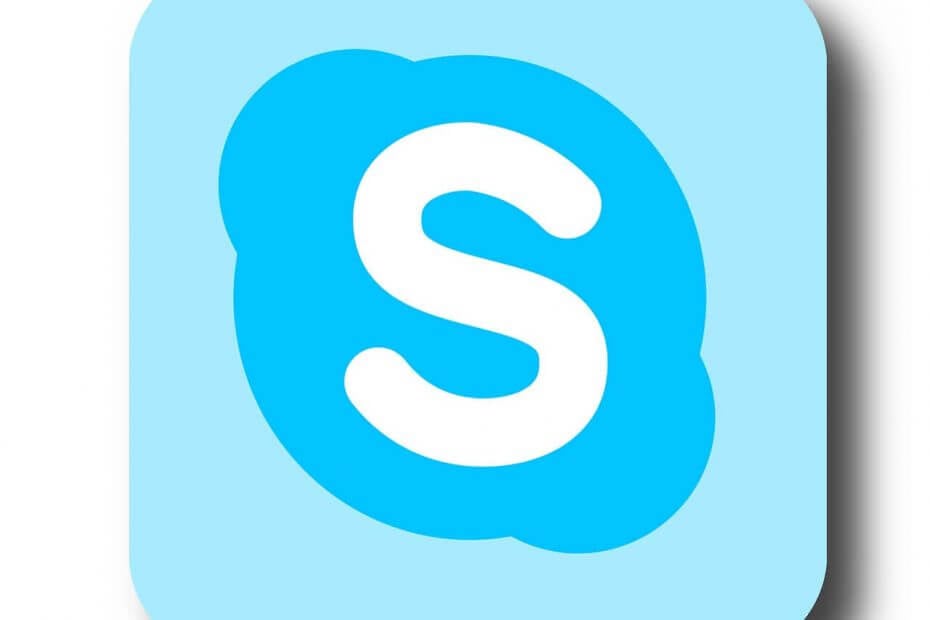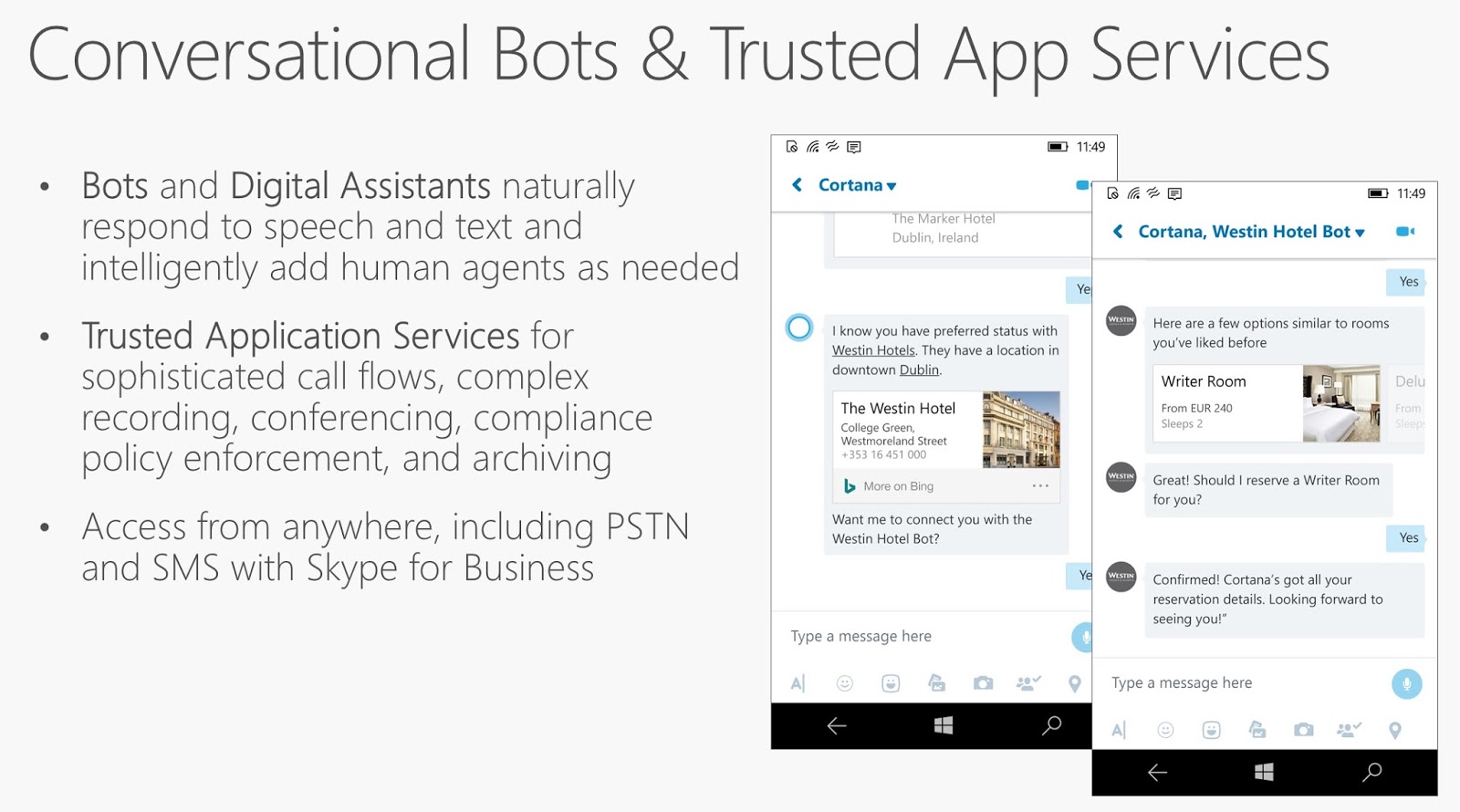


We support STUN ( RFC 5389), TURN ( RFC 5766) as well as ICE ( RFC 5245).

Our initial ORTC implementation includes the following components: We recommend using the diagram as a reference when you start learning ORTC API. It provides a very high level summary of the relationships between ORTC objects, and a useful illustration of a code flow, from capture media stream tracks as input to the RtpSender objects, and all the way to the media stream tracks out of the RtpReceiver objects that can be rendered to video/audio tags. The below diagram is part of the Overview section in the ORTC API spec. In support of that, we would like to share with you what we have provided in this preview version of our ORTC implementation, and the basic steps in building simple 1:1 audio and video communications.

We look forward to the web community building more user scenarios enabled by ORTC. Our goal is to enable developers around the world to build experiences that include the ability to talk to Skype users and other WebRTC compatible communication services. Together we bring over 20 years of web platform experience and over 12 years of expertise in building one of the largest and most reliable real-time communications service for consumers and business users. ORTC Support in Microsoft Edge is the result of a close collaboration between Microsoft’s Operating Systems Group and Skype teams. Today, we are excited to announce that a preview version of our ORTC API implementation is available in the latest Windows Insider Preview release. In October last year, we announced our intention to implement ORTC in Microsoft Edge with a focus on video and audio communications, and we have been hard at work on our implementation since then.


 0 kommentar(er)
0 kommentar(er)
